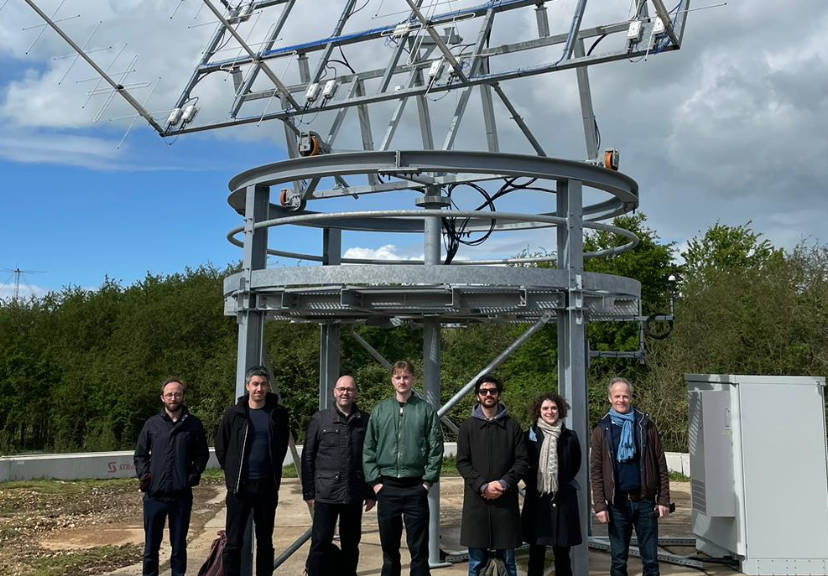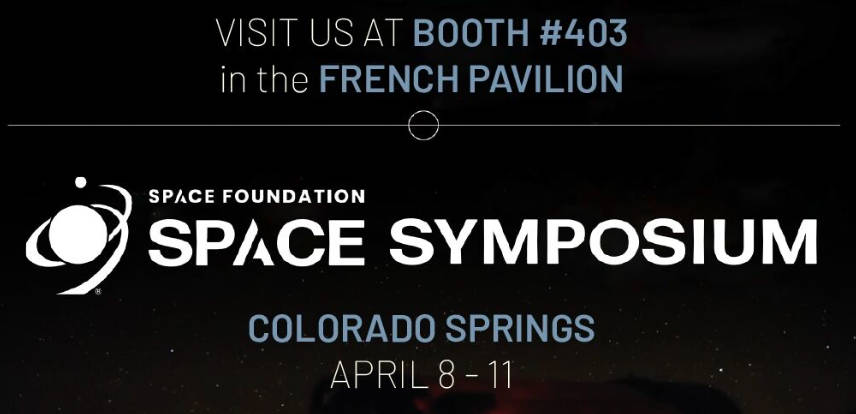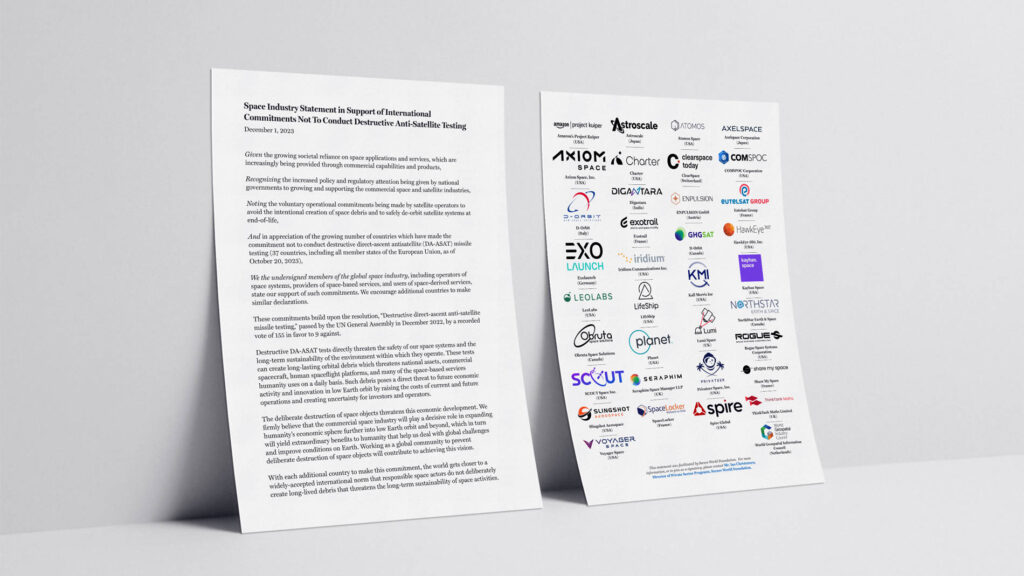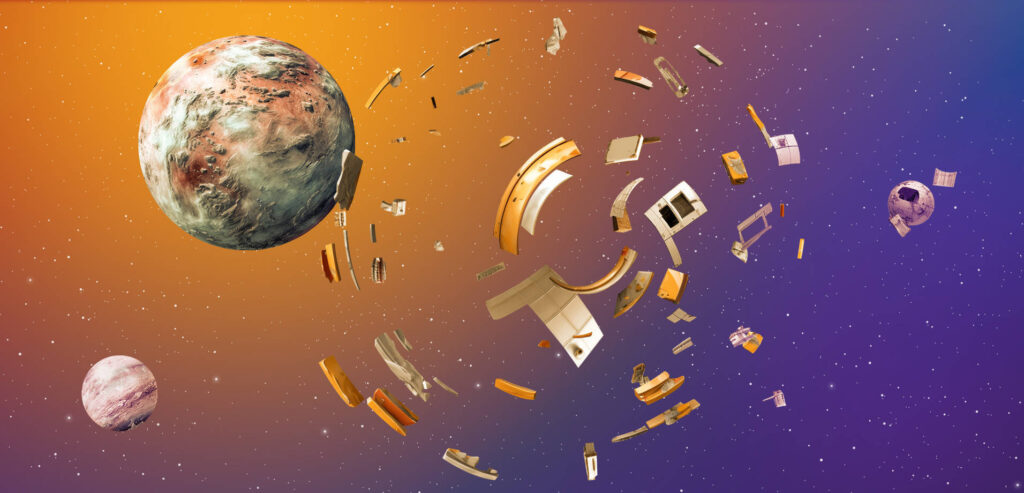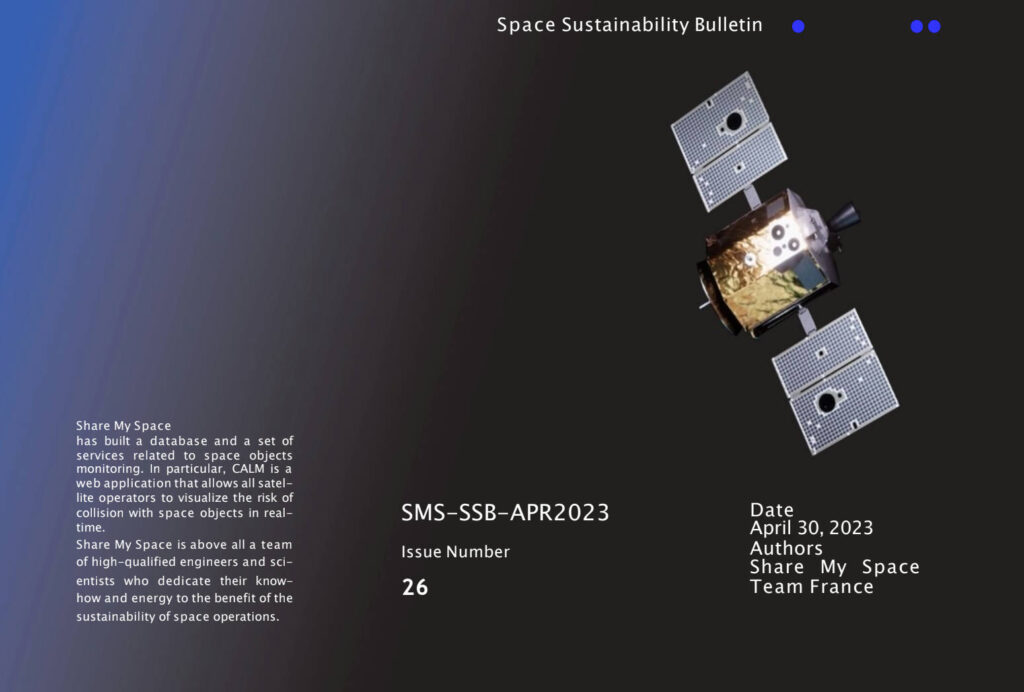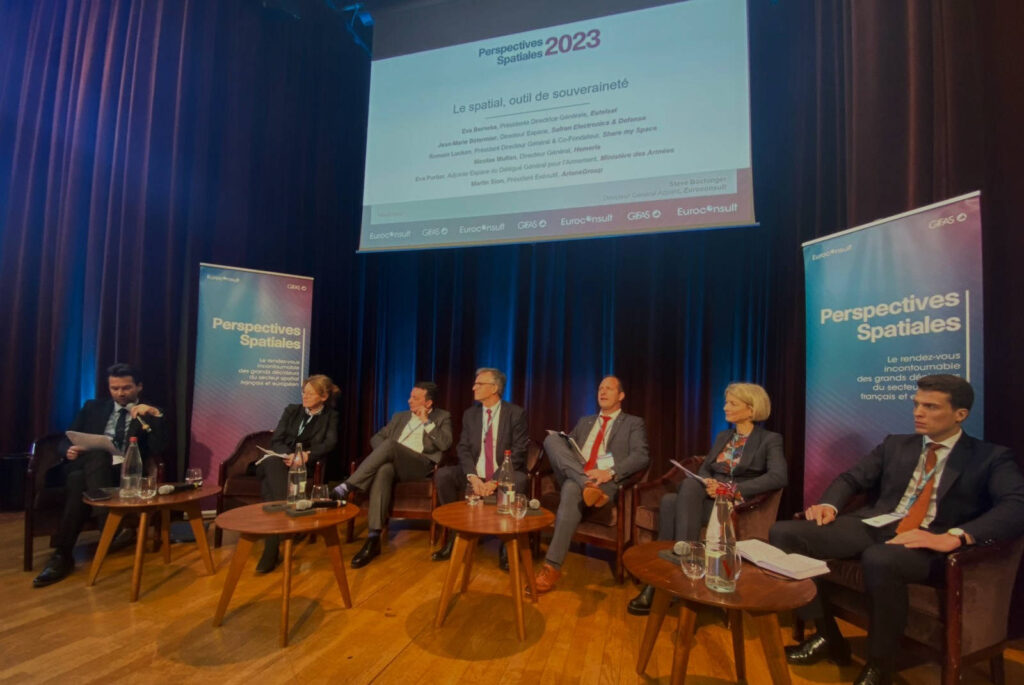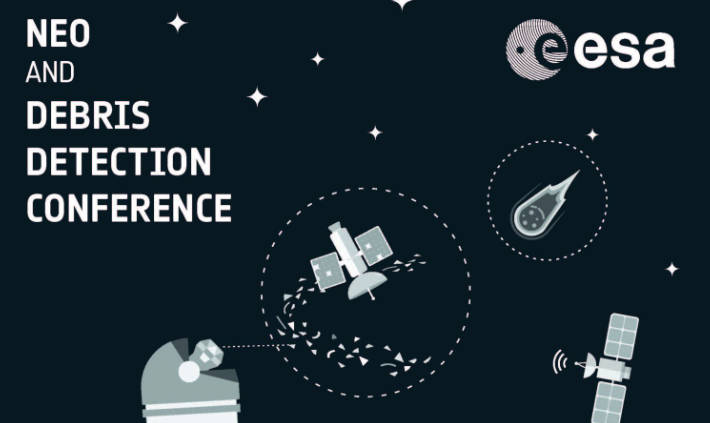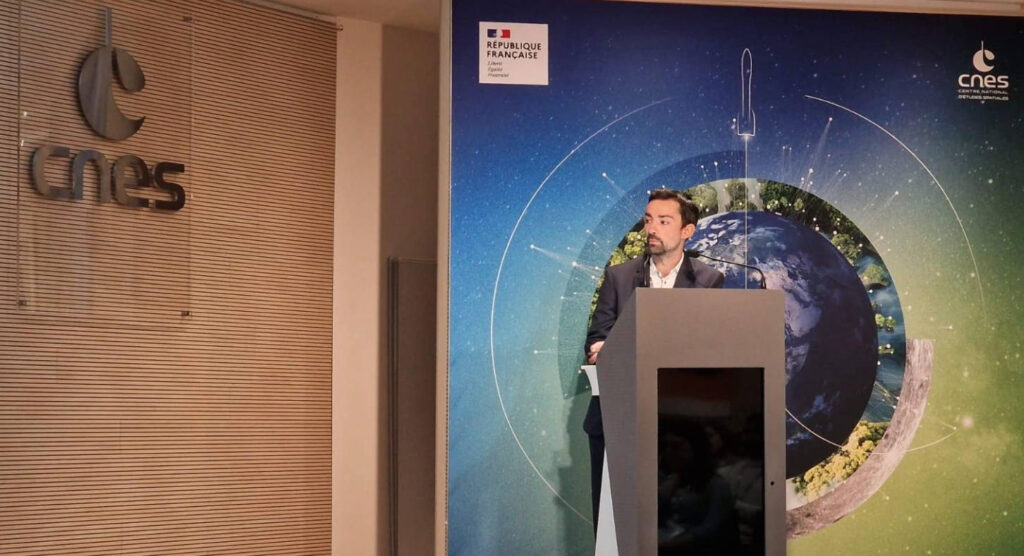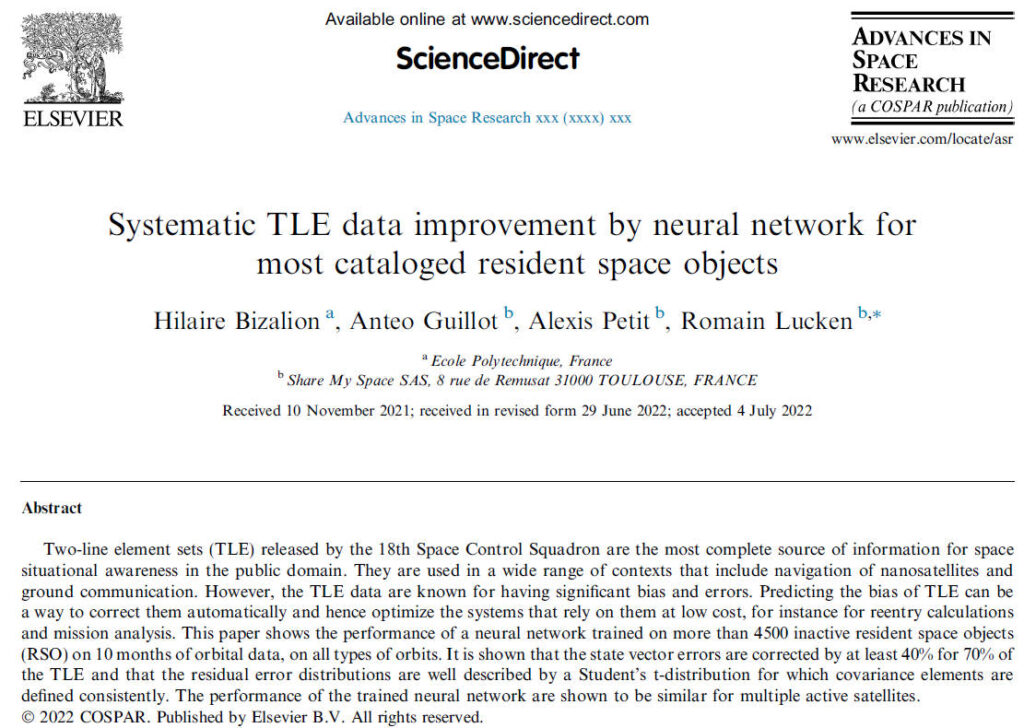March 16, 2023
ESA x Share My Space
ESA awards a contract to Share My Space for improved air and maritime assets security.

ESA awards a contract to Share My Space for improved air and maritime assets security.
February 2023 – To lower the risk of human casualties and infrastructural damage on terrestrial assets, Share My Space was selected by ESA to conceptualize an end-to-end software able to model space operations failures’ impact on air and sea traffic.
Terrestrial risks presented by explosive or destructive failures from spacecrafts, launchers, shuttles, and re-entry phases have long been ignored. As of 2023, one orbital object re-enters Earth’s atmosphere every day. Unfortunately, itcannot be asserted that this trend will improve or even stabilize. Space operations failures might soon, if not already, become of greater concern toall. As we witness a movement of space democratization characterized by a growing number of spatial activities, it becomes inevitable to re-think past risk assessment models.
It is under these worrying circumstances that the European Space Agency (ESA) contracted Share My Space’s led consortium to conceptualize innovative risk assessment methodologies dedicated to the impactof failed space operations on air and maritime traffic. To that effect, Share My Space, the newspace actor that provides value-added services for space and terrestrial asset protections, will be joined by Quasar Science Resources, the Australian company building a sovereign space communications solution, and the German Aerospace Center (DLR). Together, the group will develop fragmentation, trajectory, and response models for space traffic launch and re-entry applications, describing the behavior of debris generated by destructive break-ups. The consortium will ultimately integrate innovative models into an end-to-end software.
The skyrocketing number of satellites launched per year has already generated troubling episodes. The rise of Starlink and other satellites utilized for internet connectivity is increasing overall re-entry rates, with no systemic guarantee that this process will be fully controlled.
When spaceobjects, such as satellites or other debris, reenter the Earth’s atmosphere,they create a high-risk situation potentially causing significant damage toships, boats, and aircrafts. Falling debris generated during reentry can create an immediate navigation hazard, causing collisions and other accidents that could lead to loss of life. The potential risk to air traffic is particularly concerning. Aviation authorities may need to divert aircraft, close airspace,or alter flight paths to avoid the predicted impact zone, causing delays and potential safety risks to passengers and crew.
Recent headlines have shown the extent of the threats presented by uncontrollable re-entries. On November 4, 2022, remnants ofthe Chinese Long March 5B rocket re-entered Earth’s atmosphere heavily impacting Spanish air traffic by causing hundreds of delays. As we hit the 20th anniversary of the Columbia disaster in which a NASA space shuttle disintegrated as it re-entered Earth, killing the seven astronauts on board, Share My Space’s led software project appears more needed than ever.
This contract could also catalyse discussions on regulatory frameworks for safe space operations. The 2018 United Nations Guidelines for the Long-term Sustainability of Outer Space Activities advises states to address risks posed by uncontrolled reentries, although not clarifying how. Share My Space’s risk assessment software could eventually be part of the solution.
Photo Credit: ESA/NASA
Press Release

Interview for Air&Cosmos
MoU signature

Opinion












